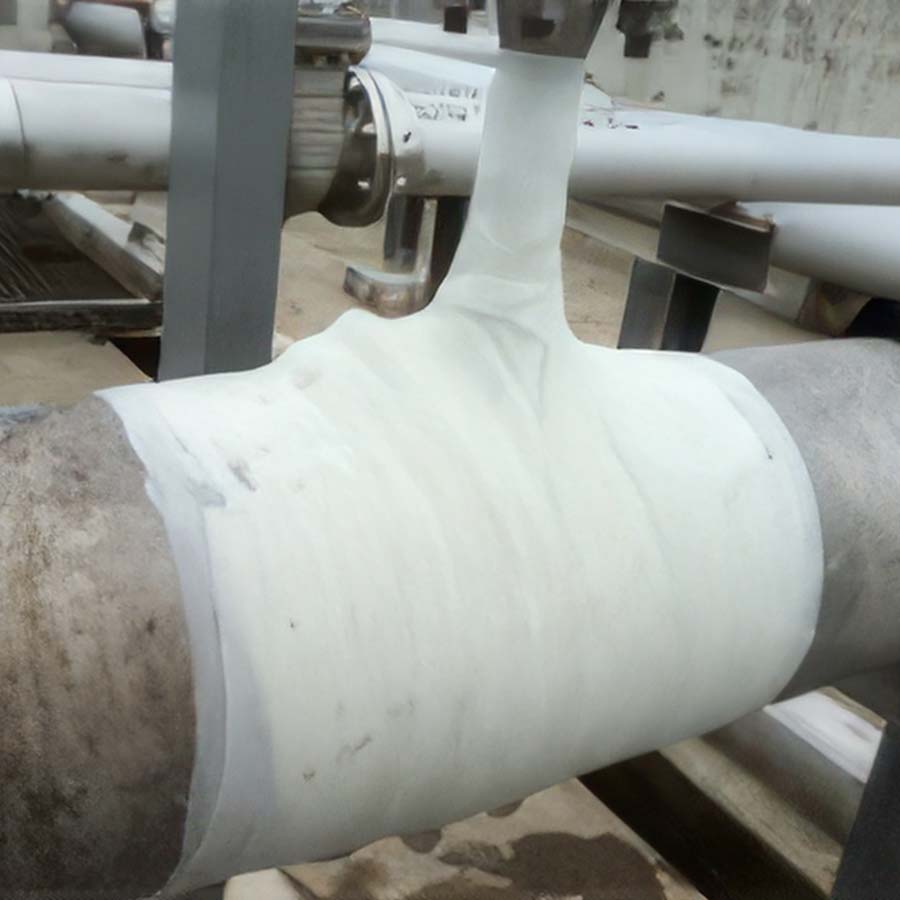Introduction
Composite repairs are gaining popularity and acceptance worldwide among asset owners and operators. Composite repair methods and procedure are guided international engineering standards and provide an engineered, proven and durable solution to non-metallic pipe repair works.
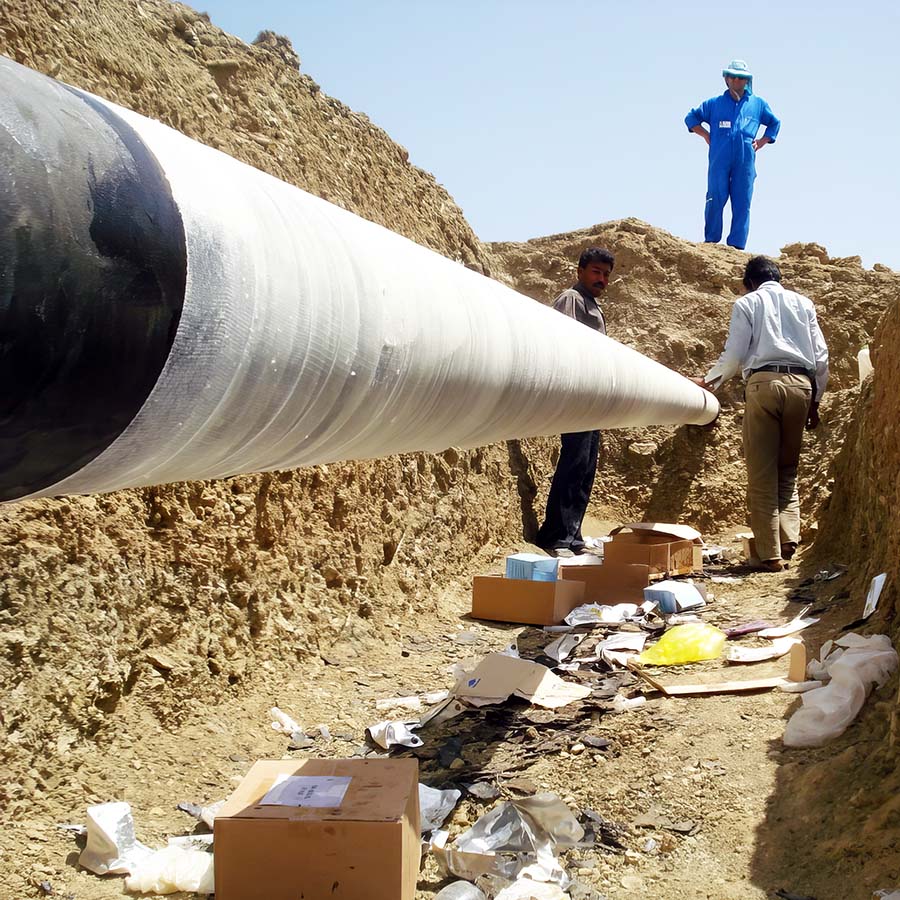
Components of composite repair materials generally comprise of filler rebuilding material, resin component and reinforcement layered sheet.
Filler rebuilding materials is used as the base materials due to their excellent adhesion, mechanical properties, and corrosion resistance properties. The bonding strength between each layers of the composite repair system created by the resin material forms a strong mechanical bond with the filler rebuilding material and substrate that is being repaired. These reinforcement sheets, made from fiberglass materials will withstand hoop stress and load transferred from the area of pipe defects.
International Engineering Standards
With the availability of ASME PCC-2: “Repair of Pressure Equipment and Piping Article 4.1” and ISO/TS 24817 “Petroleum, Petrochemical And Natural Gas Industries-Composite Repairs For Pipework-Qualification And Design, Installation, Testing And Inspection”, this has increased the acceptance of composite repair systems into the repair of defective pipe due to corrosion and leaks.
Both the above international standards provided the requirements for pipework and pipeline repair using a qualified non-metallic repair system. Both standards provided a specific guidance in assessing defects resulting from external corrosion involving structural integrity damage, internal corrosion, and leaks. These standards also cover the methods to follow for designing such repair systems, along with some other design considerations such as external loads, cycling loading, fire performance, electrical conductivity, cathodic disbondment, and environmental compatibility.
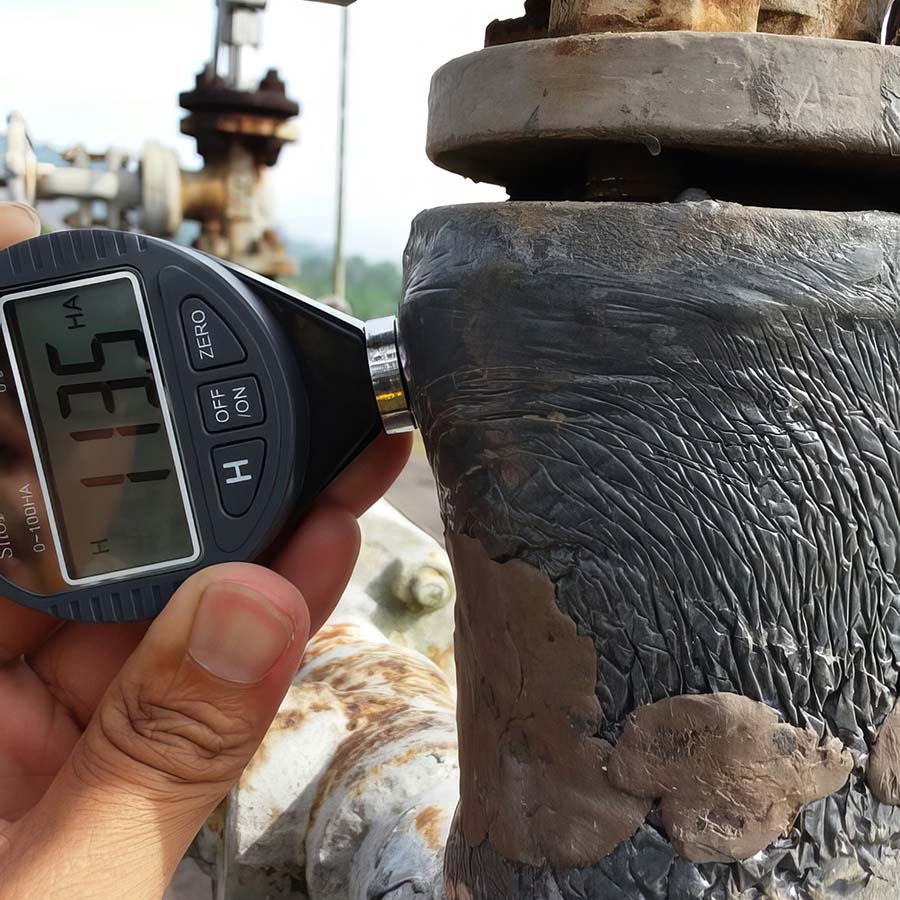
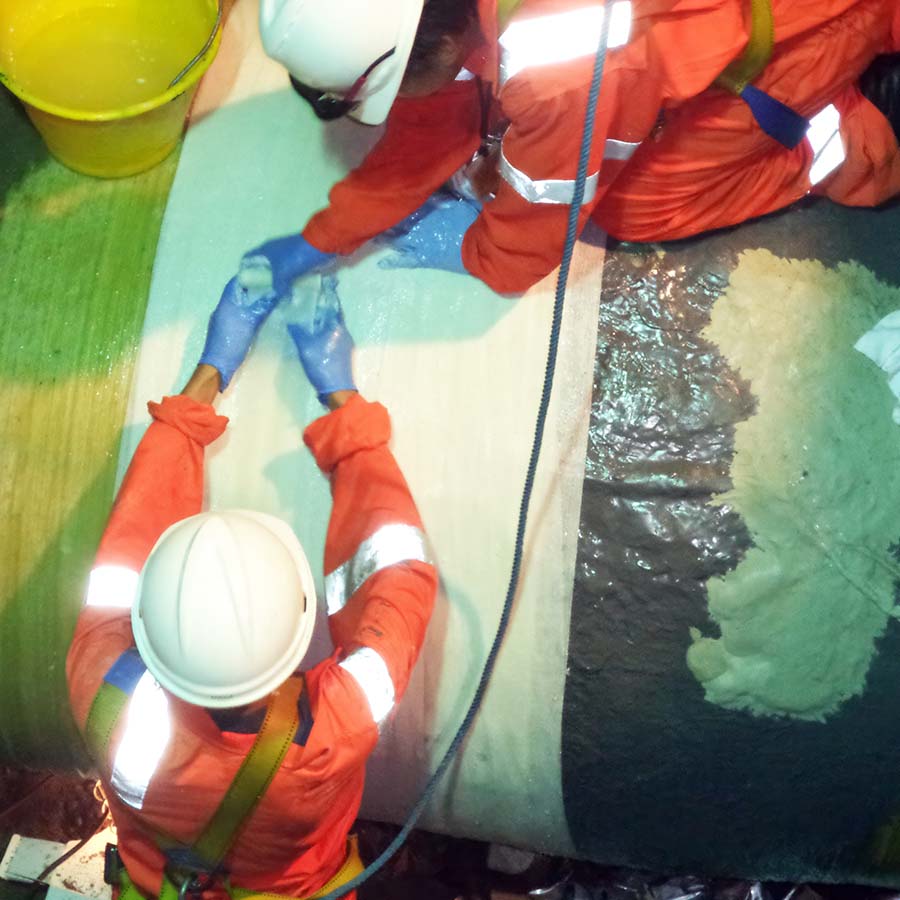
Specifically ISO/TS 24817 allows for the application of repairs onto more complex geometries such as damaged clamped surfaces, bends, T-shaped piping, reducers, flanges, and cylindrical vessels among others. It also considers the repair expected lifetime in the design equations.
Training
It is important and necessary that composite repairs are performed by applicators who are trained and certified by the manufacturer. Potential applicators should undergo theoretical training on the technical and properties of the material as well as the practical training on the installation of such composite repair system on a test piece.
Type of Repairs
Composite repairs can be designed for either reduced wall (or type A) defects or through-wall (type B) defects. Reduced wall or Type A defects are those that happened within the substrate, without leaks – examples are external or internal corrosion repair system.
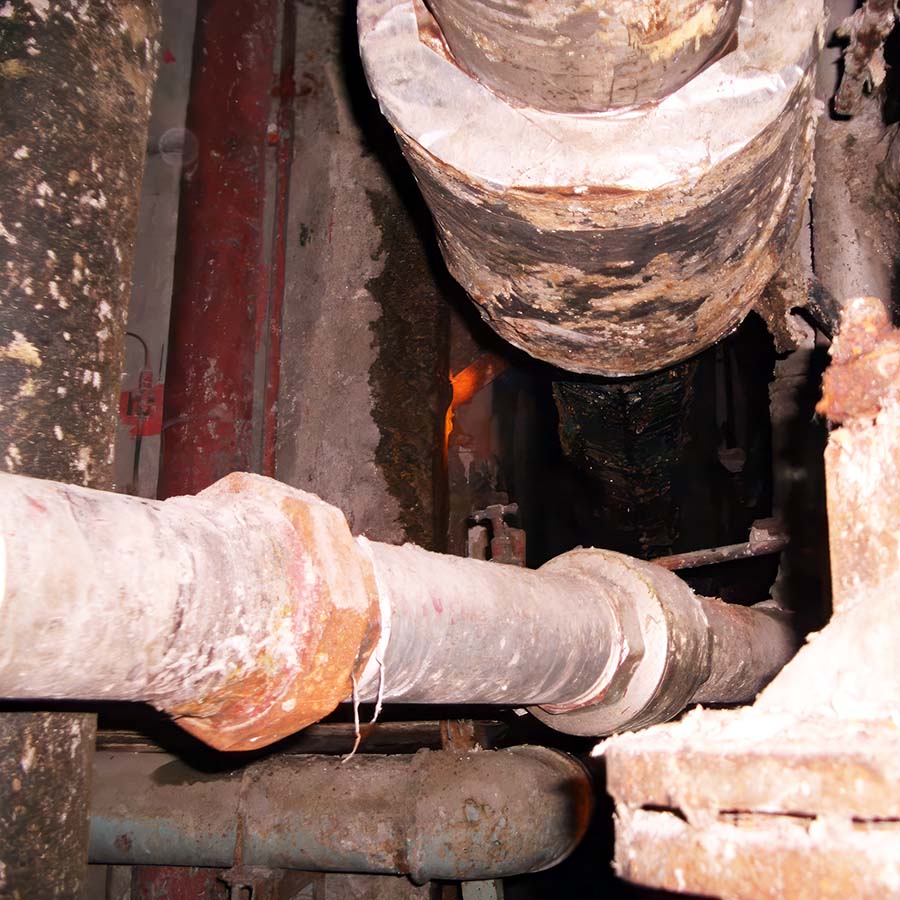
This type of repair is considered to be relatively easy as it only requires structural reinforcement.
Through wall or Type B defects compromise the structural integrity of the system (e.g. leaks) and require through-wall sealing as well as reinforcement.
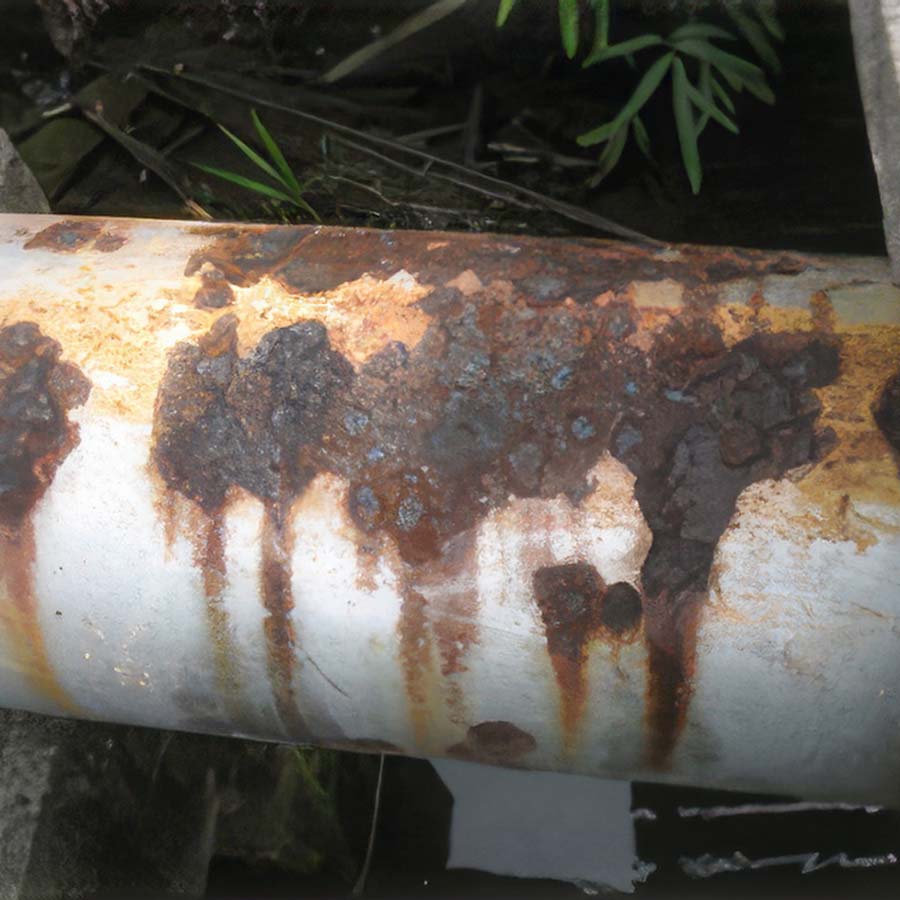
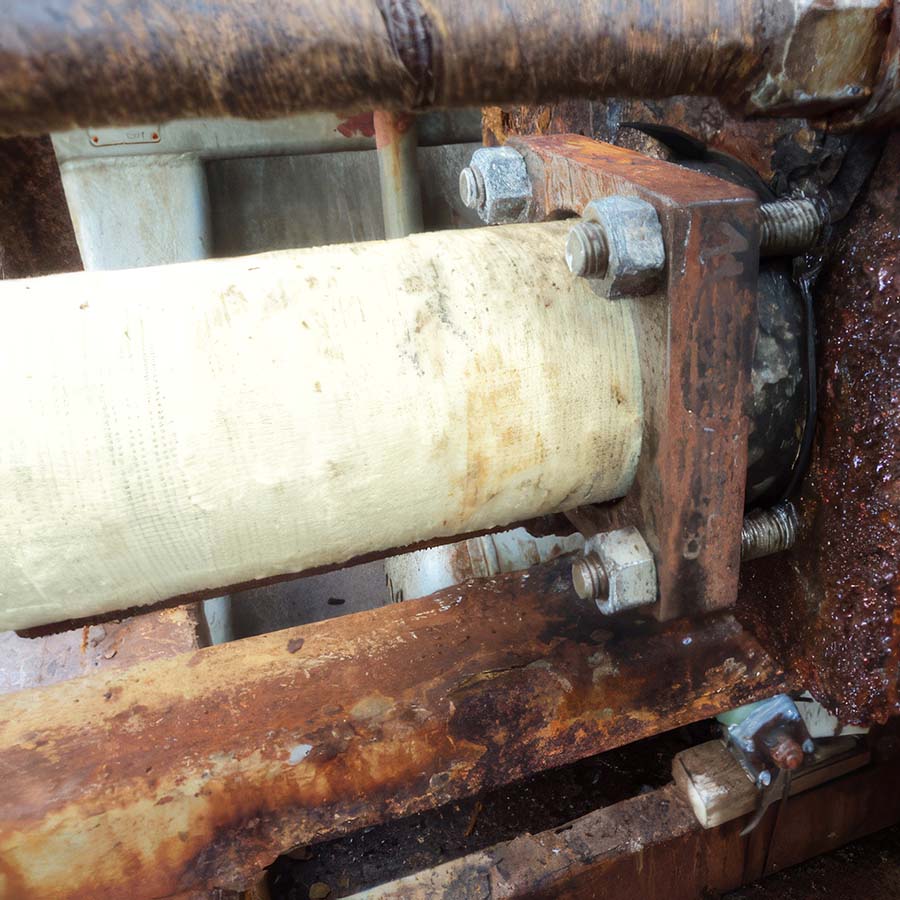
This type of repair is more complex especially when the leak is occurring at locations other than straight pipe section. The geometry of the repair can range from a straight pipe section, bend, tee, flange, reducer, to a cylindrical vessel. The level of complexity in the repair will increase in accordance to the complexity of the pipe geometry. Once the repair assessment data (type of defect, geometry of the repair, operating conditions, etc.) is collected, the designer will calculate the repair parameters required, i.e. the thickness of the composite repair, the axial extent of the repair, layers of required wraps and the method of application.
Project Implementation
Prior to the application, the surface must be prepared and contaminants removed. The composite repair procedure should begin as soon as the surface preparation is completed (preferably within 4 hours after surface preparation is completed).
The first layer of application of rebuilding material is very important as this will levels surface unevenness of the substrate (e.g. gouges, uneven pitttings, etc. due to external corrosion). Without the application of rebuilding material, there may be uneven and concave gaps present between the substrate and the reinforcement sheet and this will weaken the bonding strength with the substrate. Hence, while applying the rebuilding material it should ensure there are no void spaces (air entrapment) present.
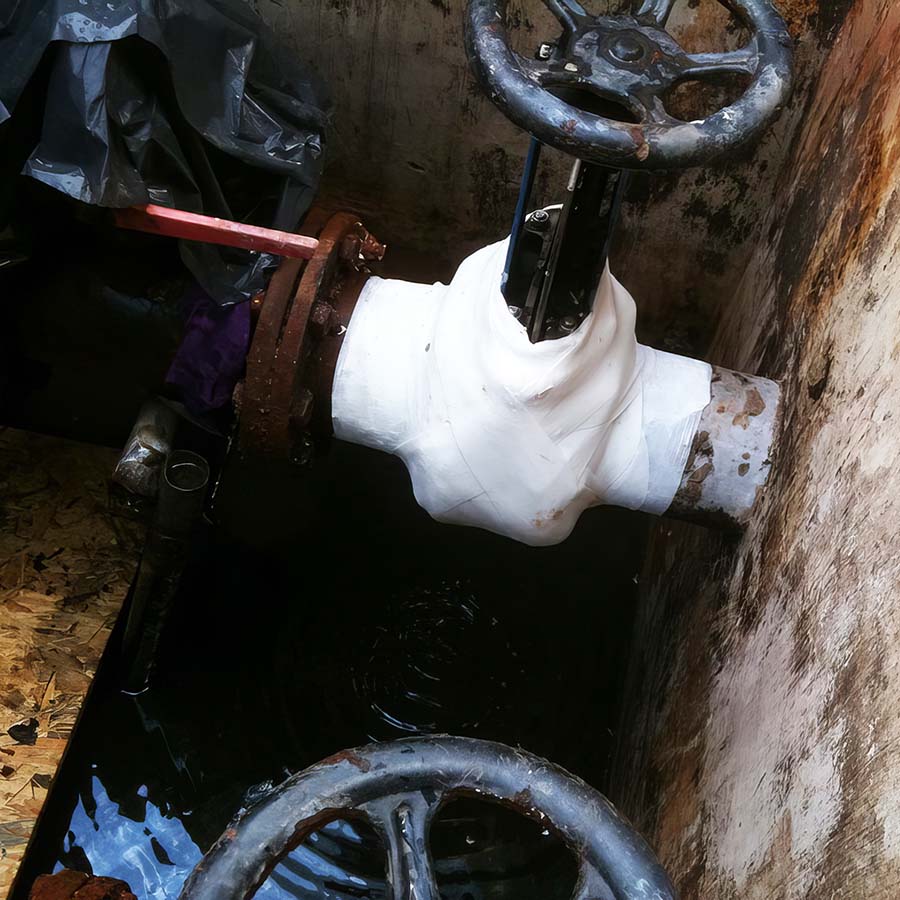
The fiberglass reinforcement tape is then wetted with the resin and wrapped over the first layer of rebuilding material, maintaining a fixed degree of application with at least 50% overlap through the axial length of repair. While wrapping the fiberglass reinforcement tape, it is necessary to pull with hand-tight and even pressure to achieve good contact between each layer of composite wrapping.
While wrapping subsequent rolls of fiberglass reinforcement tape, it is necessary to alternate the application angle so to create a multidirectional wrapping, hence ensuring that the composite repair system is strong in all directions. The same procedure should be repeated until the required wraps and composite repair thickness are achieved. Insert picture
Conclusion
Composite repair system provides the asset owner and equipment operators a cold repair engineered solution to restore damaged substrates. These composite repair systems are designed to extend the lifetime of piping systems and brings the asset back to its design operating conditions.
